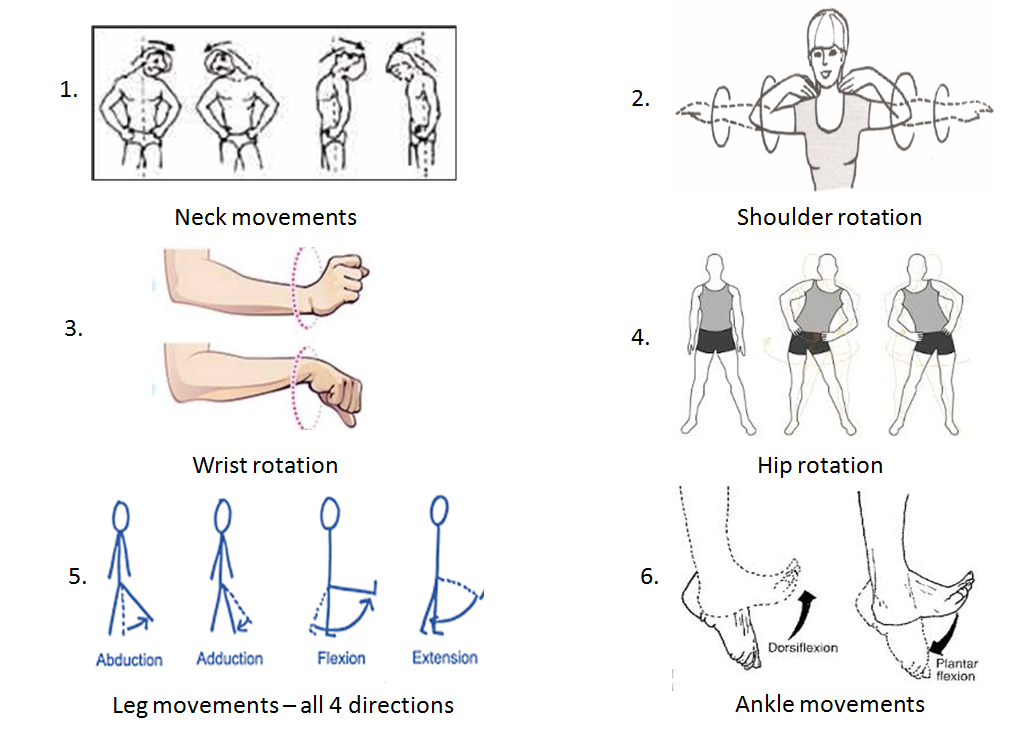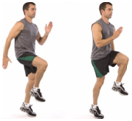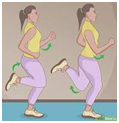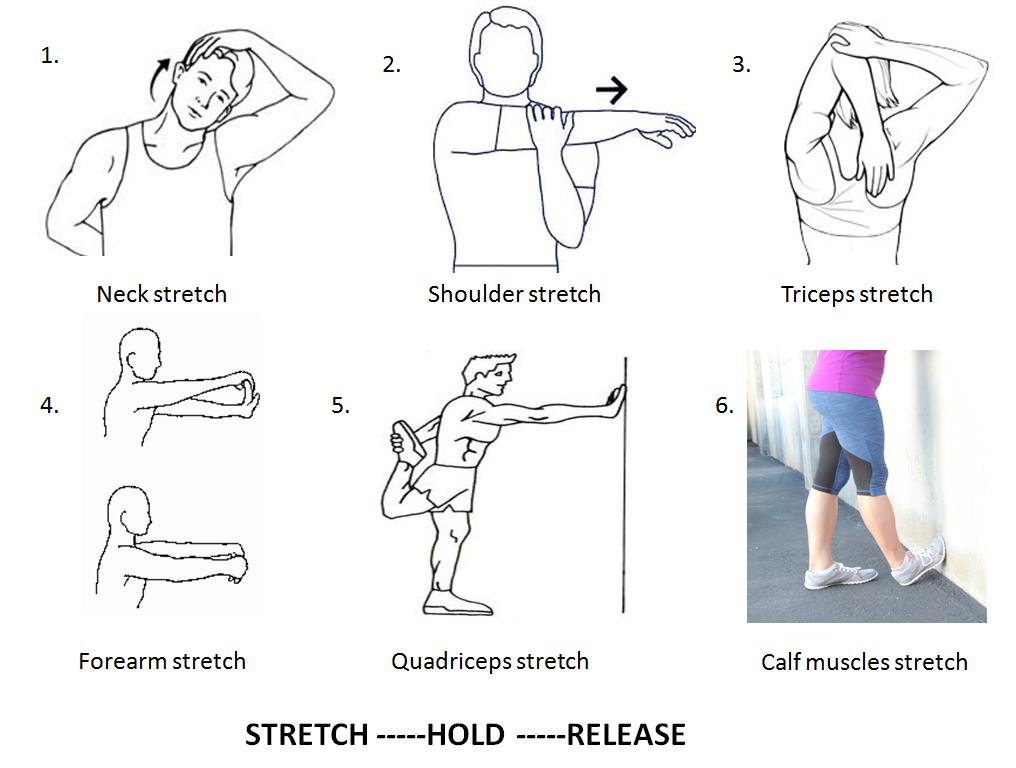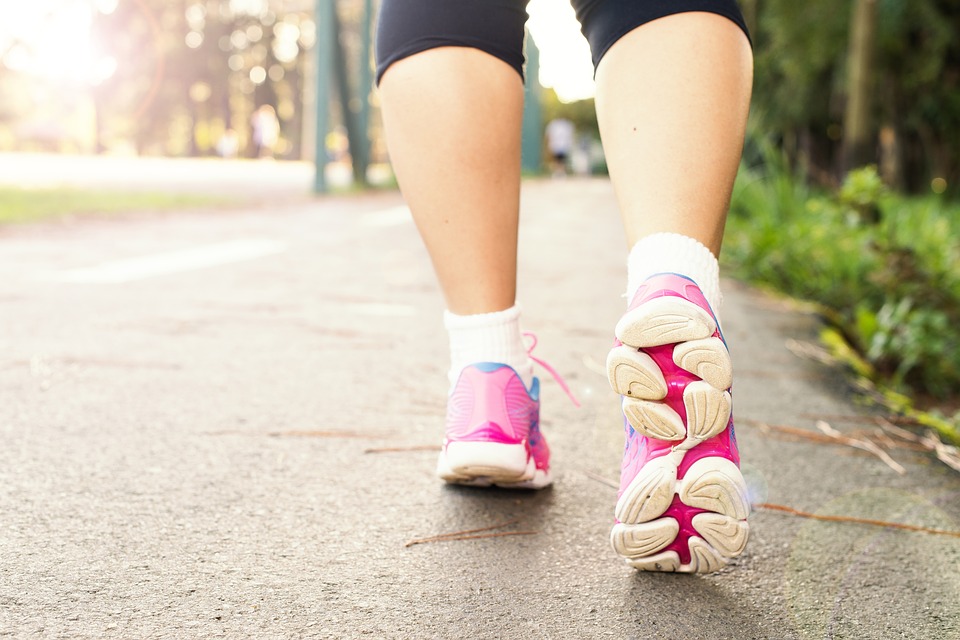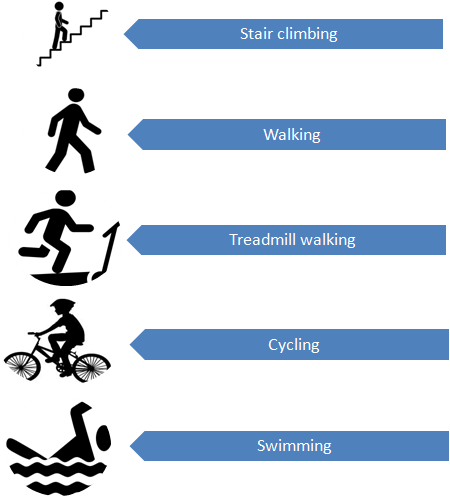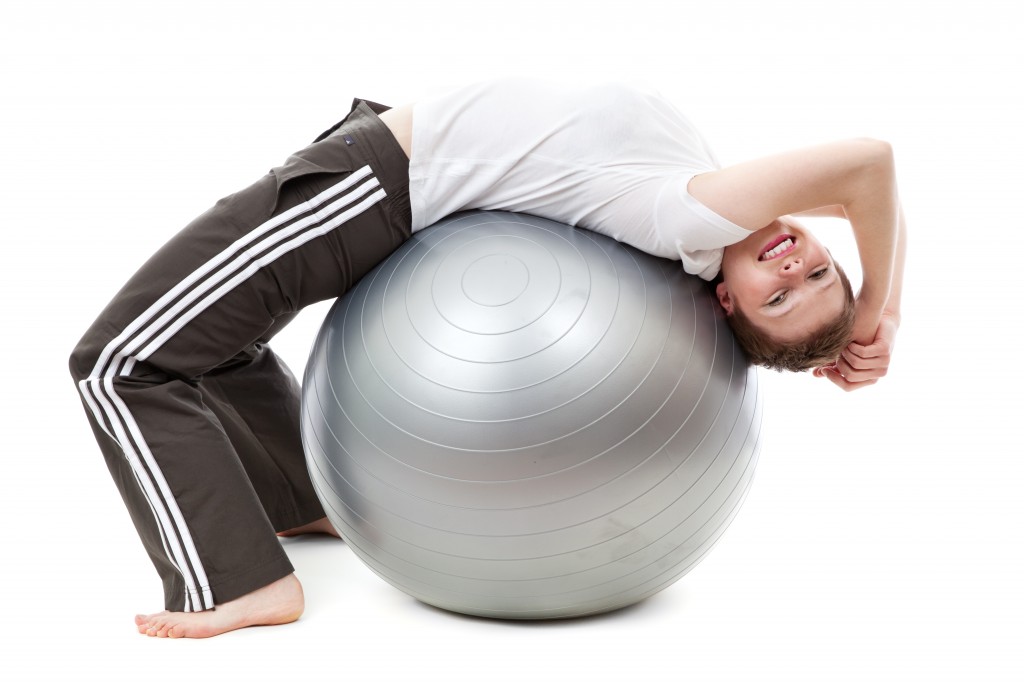As a Physiotherapist managing cardio-metabolic conditions and catering to individuals with various exercise needs I am often faced with questions like “How much of exercise do I need?” and “Can over-exercising be bad for me?”. If you have had similar questions, read on to find out the answer.
The short answer is: similar to medication, exercise requires the right dosage to be both secure and efficient. And just like how medicines are prescribed based on your clinical condition, medical history, weight and height, exercise prescription is also tailored to each individual’s health status and fitness level. So, how does one get the right dose of exercise?
The secret of exercising right lies in the FITT Principle – Frequency, Intensity, Time and Type of exercise.
Let me walk you through the FITT Principle, which is the basic framework that we as exercise professionals follow to determine the right dose of exercise for our clients.
- Frequency – This is simply HOW OFTEN you exercise or the number of days per week dedicated to an exercise routine; eg. 1 or 2 days per week, at least 3 days per week, 5 or more days per week etc.
Intensity – this is nothing but HOW HARD you exercise. It can vary between light, moderate and vigorous intensity. You would usually assess the intensity of your exercise by simple measures such as how breathless you are, you much you sweat and how fast your heart is beating. Some of you may use mobile apps or wearable devices that tells you your heart rate, respiratory rate etc. A useful method to assess the intensity of your exercise is the talk test; you can easily sing a song during light exercise, you can talk sentences but not sing during moderate exercise, and you will not be able to say more than a few words without pausing for a breath during a vigorous exercise.
Here are some examples of exercises in each intensity category:
- Light – normal walking, gentle yoga
- Moderate – brisk walking, cycling, dancing
- Vigorous – running, swimming, competitive sports


- Time – this is simply HOW LONG you exercise each time. It could be as short as 5 minutes or as long as 2 hours! Having an idea of the time you usually spend on exercise on a regular day and on a busy day is a must.
- Type – this refers to the TYPE of exercise such as cardio or aerobic exercise, resistance training or anaerobic exercise, balance exercise and flexibility exercise. Each and every exercise you normally engage in can be categorised into 1 or more of the above types. Having a varied exercise routine incorporating all the types of exercise is key to overall fitness.

Benefits of using a correct dosage (FITT principle) for exercise:
- It provides a framework which you can follow for developing an effective exercise program
- It allows you to design a routine that ensures that you will attain a high level of physical fitness
- It can be customised to meet your specific fitness goals
A sample Exercise Framework for individuals with Cardio-metabolic conditions like obesity, hypertension, diabetes, and cardiac issues, using the FITT principle is as below:
| FREQUENCY | 5 to 6 days / week |
| INTENSITY | MODERATE INTENSITY |
| TIME | 30-45 MINUTES |
| TYPE | AEROBIC + STRENGTH TRAINING + BALANCE EXERCISES |
In summary, the acronym FITT represents Frequency, Intensity, Time and Type. These are key factors in designing an exercise program which fits your fitness level and goal. Consulting your physician, getting your baseline parameters checked and seeking professional help for designing an exercise routine that is suitable for you is important for everyone, and more so if you have had a medical diagnosis and are under any medications.


